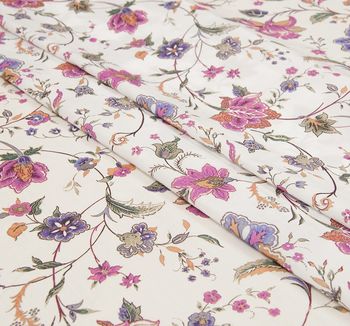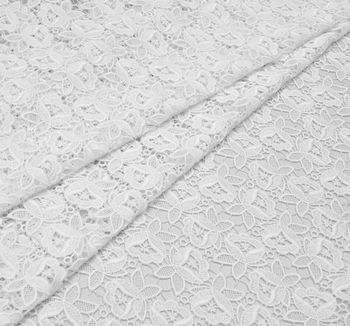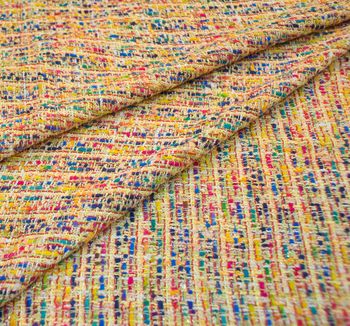How to stay cool on a hot summer day? Wear fabrics built for the heat. Cotton, linen, viscose, silk – there are dozens of summer-friendly materials you can choose for your wardrobe. The best fabric to opt for when the temperature rises should be breathable and comfortable.
Silk Fabrics
- Why Is Silk Popular for Dresses?
- The Types of Silk for Dresses, Skirts, Blouses, etc
- Why Should Everyone Try a Chiffon Dress?
- Organza for a Wedding Dress
- The Wedding Trends of 2019: Organza or Chiffon
- 10 Hottest Trend Patterns in Spring/Summer 2019
- Why Tissura? The 5 Reasons
- Top 8 Tips to Ease Sewing
- Silk Fabrics at Tissura
Silk is a timelessly trendy natural fabric woven from the cocoons of silkworms. The world’s most famous fashion brands regularly apply it for various men’s and women’s outfits earning the admiration of the audience.
The visual splendour of different silk fabrics inspires millions of creative sewing lovers. Given that, the question arises here: what are silk fabrics so valued for?
"Silk does for the body what diamonds do for the hand."
Oscar de la Renta
They are represented by many weave types, and each one influences fabric performance: its hand, lustre and a range of physical properties. When selecting the fabric for an outfit, it is important to know some certain details. How each of them feels and looks? How to select between the very similar types? What are the typical outfits made of this or that silk fabric? Finally, what can be the obstacles during the sewing process? The answers can be found below.
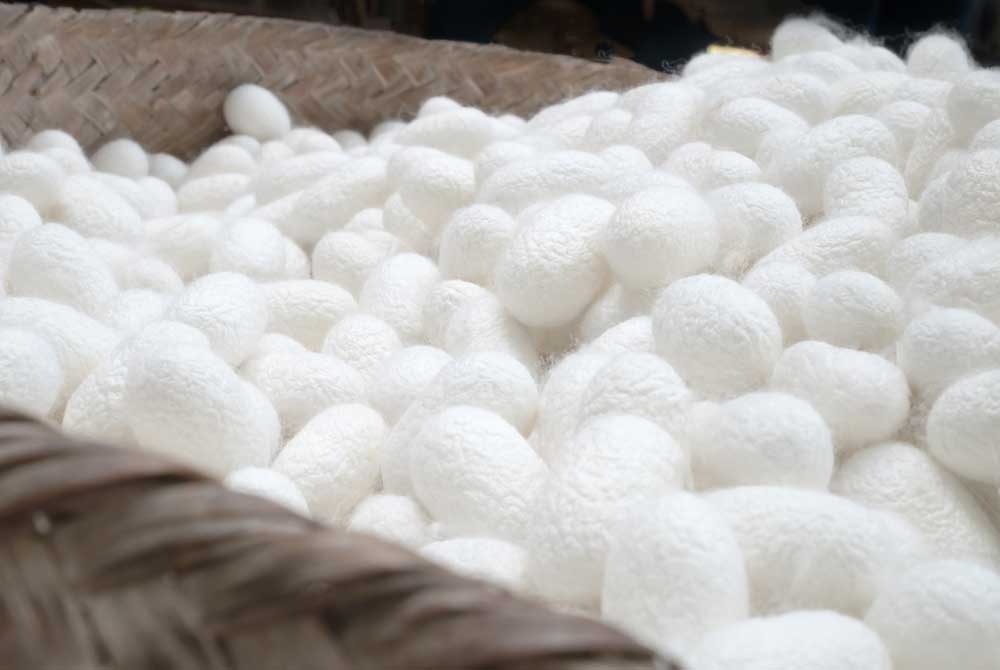
Why Is Silk Popular for Dresses?
Silk is a unique natural fibre with lots of amazing properties. Some of them may vary from one weave type to another, however, the most common ones to all silk fabrics are represented in table 1:
|
Pros |
Cons |
|---|---|
|
|
The Types of Silk for Dresses, Skirts, Blouses, etc
Chiffon, crepe, georgette, taffeta, satin, jacquard, organza — all of them are made out of precious mulberry silk. However, each one has its own peculiarities that affect the way the fabric feels and looks. To make the right choice, see the table below and learn more about each silk type.
|
Type & Weight |
Feel & look |
Suitable for |
|
|---|---|---|---|
|
Chiffon 17-50 g/m 2 |
|
|
|
|
Crepe 90-200 g/m 2 |
|
|
|
|
Crepe De Chine 70-100 g/m 2 |
|
|
|
|
Georgette 40-70 g/m 2 |
|
|
|
|
Taffeta 100-200 g/m 2 |
|
|
|
|
Jacquard 100-200 g/m 2 |
|
|
|
|
Satin 55-200 g/m 2 |
|
|
|
|
Organza 22-50 g/m 2 |
|
|
|
Why Should Everyone Try a Chiffon Dress?
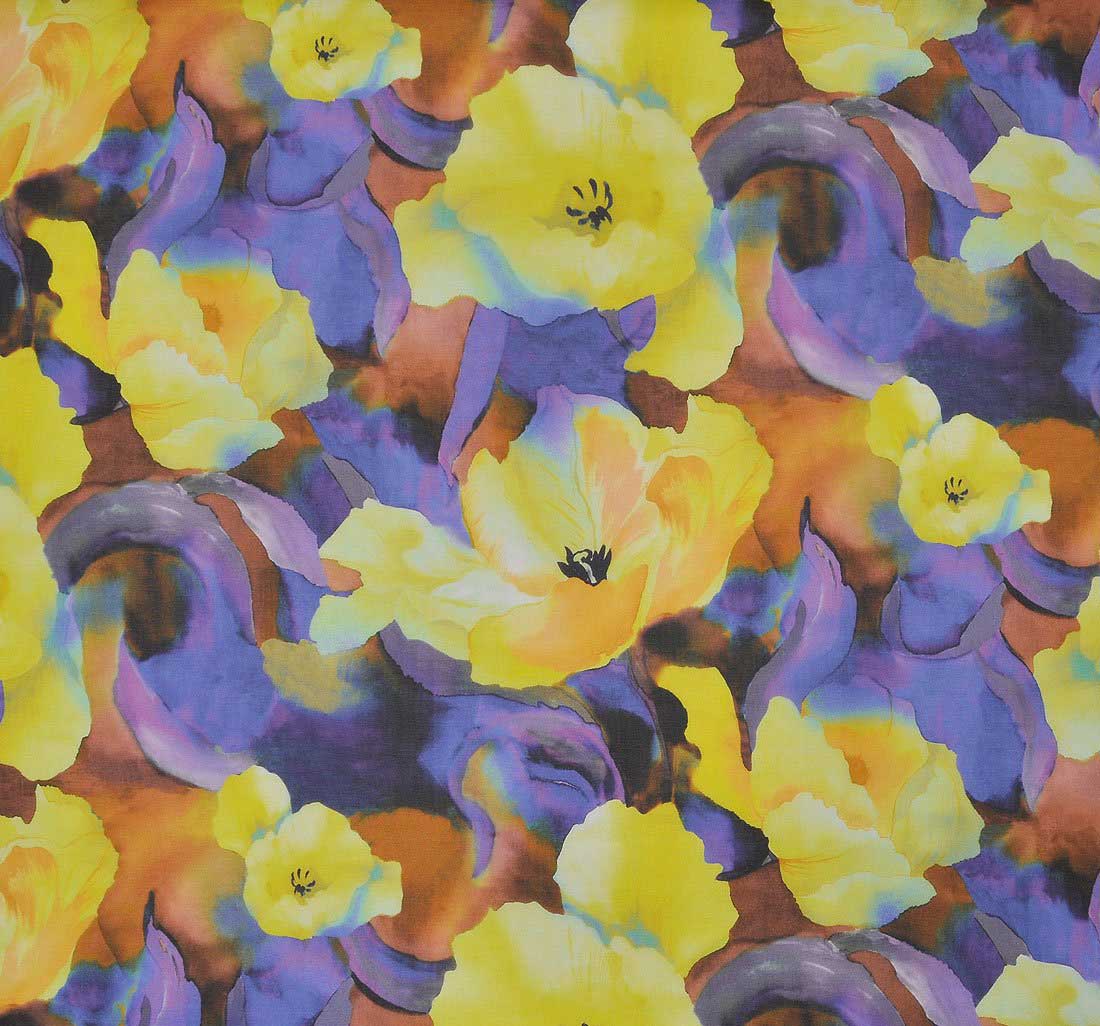
Chiffon is known as the most lightweight natural fabric ever. The secret is in the way this fabric is woven. It is produced with tightly twisted crepe yarns in plain weave. Such a structure results in larger space between the fibres, which is what makes it so sheer. However, silk chiffon fabrics are not all about light weight and a flowy drape. Its other important features are listed in table 3.
|
Pros |
Cons |
|---|---|
|
|
Chiffon is also quite durable, yet delicate fabric. If washed, it can shrink considerably, that’s why a gentle steaming with a press cloth will be the best solution to take a proper care of it. Shrinkage, however, doesn’t affect chiffon with a satin texture — it can be washed without a doubt.
Organza for a Wedding Dress
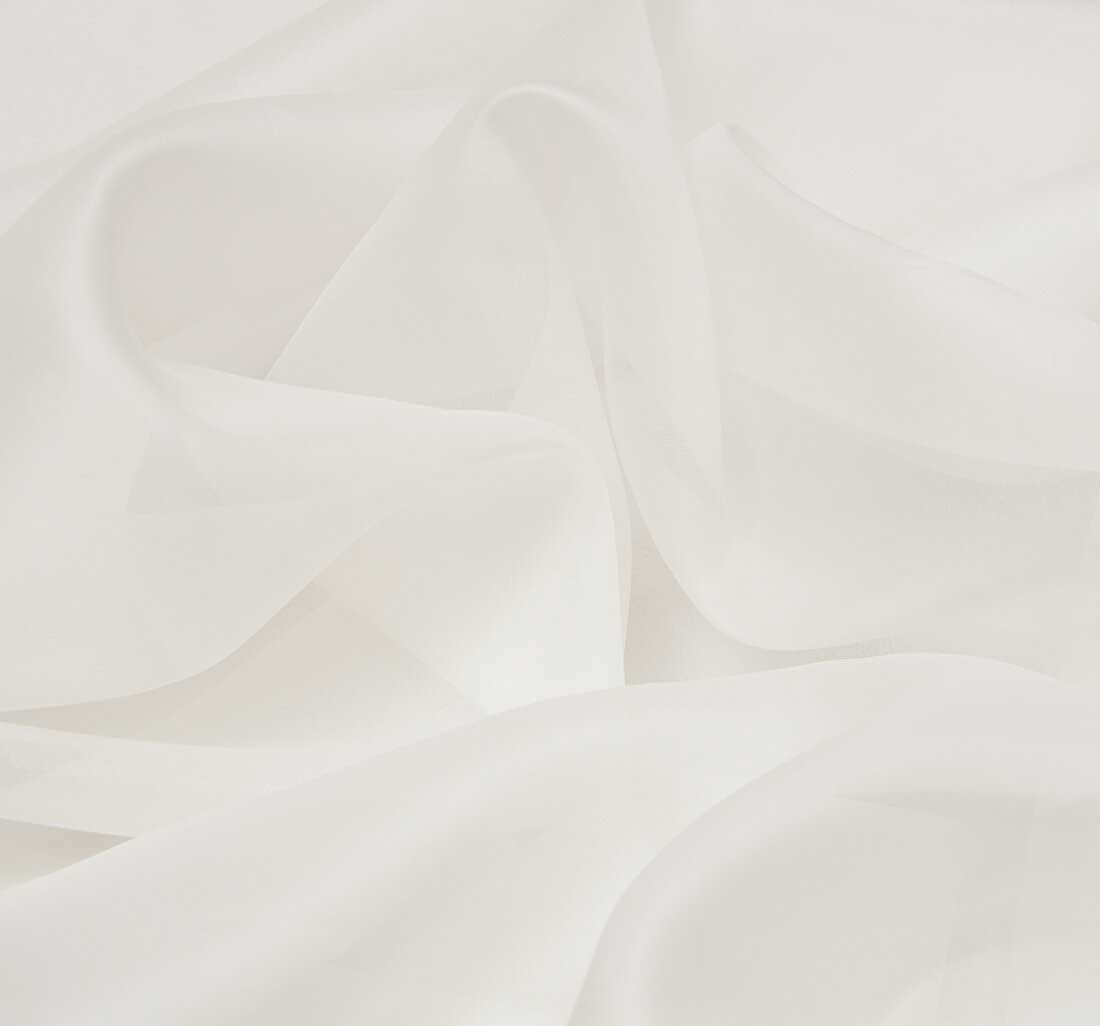
This thin and gauzy fabric is mostly known as an essential choice for a bridal gown.
The silk organza fabric draped wedding gown has become a signature classic, often designed with vintage references and a modern twist.
Organza airiness, transparency, volume and lustre are exactly what is appropriate for a wedding. This fabric has always been highly valued for silk in its composition. What makes silk organza the right choice for a bridal or evening dress? The answer is in table 4.
|
Pros |
Cons |
|---|---|
|
|
The Wedding Trends of 2019: Organza or Chiffon
It’s not a secret that chiffon and organza are traditionally used for a wedding dress. In 2019, these fabrics are on the forefront of fashion again. Both of them may seem quite similar, but in fact, they are different.
The main difference between chiffon and organza bridal gowns is the sway factor - chiffon is very flowy, while organza is stiff and structured.
The most important characteristics of these popular bridal fabrics are given in table 5:
|
Chiffon |
Organza |
|
|---|---|---|
| Application |
Breathable, good choice for a summer wedding |
Often used as a top layer over a wedding dress. It is also used to shape a bodice and support softer fabrics. |
| Visual effect |
Slight sheen |
Matte |
|
Flowing and drapability |
Flows and drapes better than organza |
Thin organza can be quite flowy, but not if it is a thick variety. In general, organza is stiffer than chiffon, which doesn’t let it flow well, yet creates a volumetric effect. It is intended for the dresses with a structured shape. |
|
Feel |
Soft and a bit coarse |
Stiff and rougher than chiffon |
10 Hottest Trend Patterns in Spring/Summer 2019
Here are the most common patterns applied on silk this summer:
- floral,
- animal,
- checks (Gingham, plaid, Prince of Wales),
- geometric,
- polka dots,
- stripes (rainbow, pinstripes, the combinations of black, red, blue with white);
- conversational (pop culture patterns),
- retro prints,
- artistic watercolour prints,
- optical illusion prints.
However, no matter what pattern is in fashion today, it is important to take into account several factors. First, the length of a planned outfit. Second, the body shape. Third, the colour combinations. Otherwise, some patterns can be completely inappropriate for each particular case. As an alternative to printed silk fabrics, a solid fabric can be an excellent choice. Its magnificent flowy drapes and soft glimmer make many silk types look perfect even with no patterns.
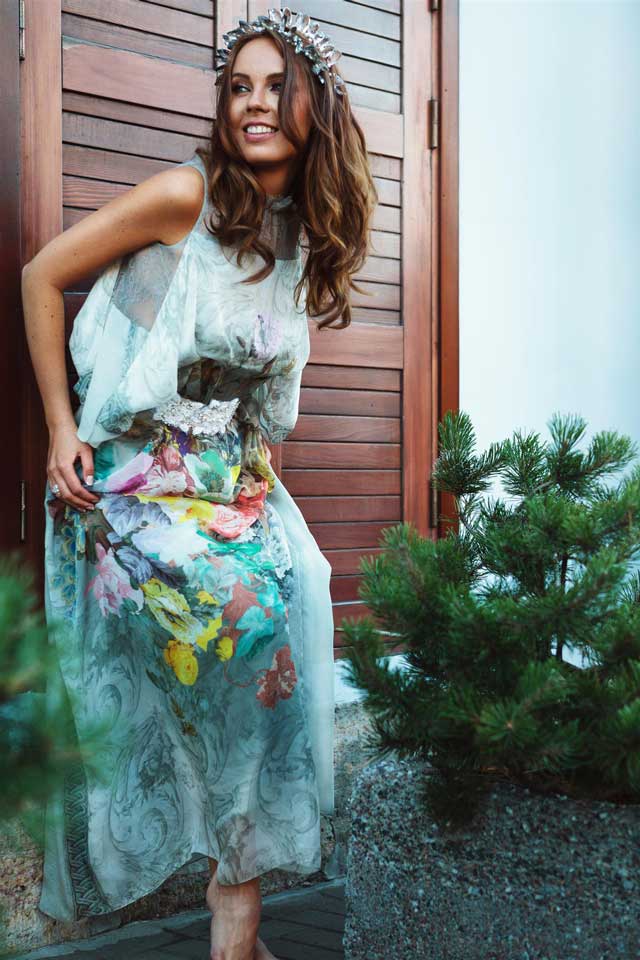
Why Tissura? The 5 Reasons
Silk is the fabric that is usually sought for a special occasion, that’s why it has to meet the highest requirements for a stylish look, current fashion trends and quality. Tissura pays utmost attention to the whole range of these key factors and focuses on the needs of the target customer in 5 following ways:
- Cooperation with the world-renowned European manufacturers, such as Ruffo Coli or Jakob Schlaepfer. We work with time-proven brands offering only supreme quality.
- We have high quality selection of silk available at all times.
- We offer unique access to the fabrics of coming fashion seasons.
- Tissura can provide custom designs, which makes the silks of this shop an absolutely unique offer on the market.
- You can enjoy international delivery. Tissura operates globally and accepts orders from any part of the world. Fast door-to-door delivery is what the company has always been proud of.
Top 8 Tips to Ease Sewing
As was stated above, silk can be quite challenging to sew with. However, by following the certain rules, it is possible to make the sewing process easy and safe for this fabric.
- Certain silk types may shrink after a while, that’s why it is recommended to steam silk to save its size.
- Silk is quite slippery, but by using weights and a rotary cutter the fabric can be kept stable on a cutting board.
- To avoid pinhole marks, it’s worth using extra- or ultra-fine pins and needles.
- Sharp scissors will considerably ease the cutting of delicate silk types. Use special scissors for working with silk.
- When pressing, it is important to mind the type of silk fabric as not all of them can handle this process well. Using a piece of a pressing cloth is a good technique to prevent colour fading or other unwanted consequences.
- As various silk types have different weaves, each of them requires a certain kind of stitch. The loosely woven silks need a longer stitch length with weak pressure on a presser foot. A special plastic presser foot for such fabrics can be very helpful too. For crepe and satin, the middle stitch length is most appropriate, as well as a thin and sharp needle.
- When sewing with silk, seams matter too. To make a collar, overlay, belt or cuffs look neat, a French seam is the most preferable.
- Strengthen the decorative part of your silk garment with fusible interfacing.
Sewing requires patience. Despite the durability of silk fibres, lots of silk fabrics can be spoilt easily in many ways. Even a skilled dressmaker can make some mistakes if she or he is desperate to get a classy outfit, especially when dealing with exquisite fabrics. So, thorough preparation and thoughtful sewing are the keys.
Silk Fabrics at Tissura
The collection of silks at Tissura shop includes thousands of various fabrics, in a great number of colours and patterns. Try out the filters to find exactly what is needed and start shopping now!
Stretch silk satin fabric, 97 € (117 US$) per one running metre;
Silk mikado fabric, 145 € (174 US$) per one running metre;
Silk georgette fabric, 182 € (219 US$) per one running metre;
Silk crepe de chine fabric, 168 € (202 US$) per one running metre
The wedding dress is one of the most important clothing items a woman gets to choose in her lifetime. It can be made of silk or cotton, lace or tulle, be strewn with sequins or embroidered with beads.
Tweed is a medium to heavy weight fabric most often found in jackets, coats and suits. Originally made to fight cold winters, it has become a fabric of choice for many a designer.
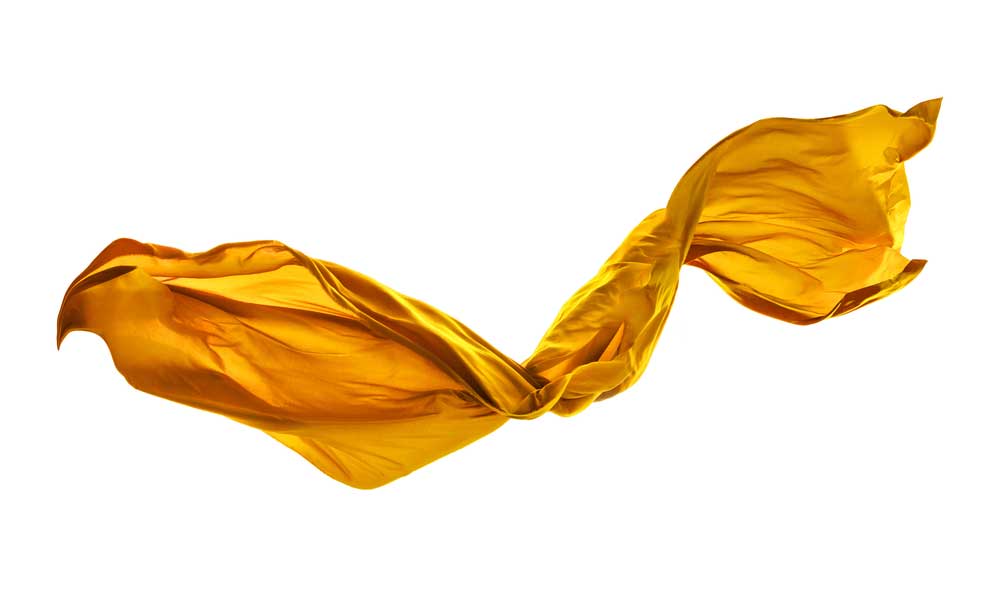
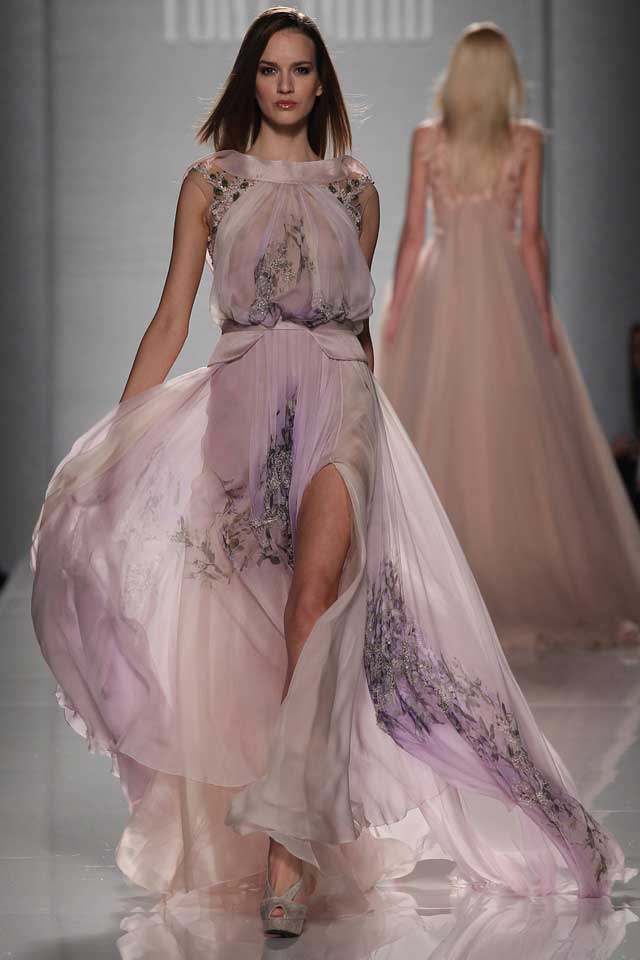
.jpg)
.jpg)
.jpg)
.jpg)
